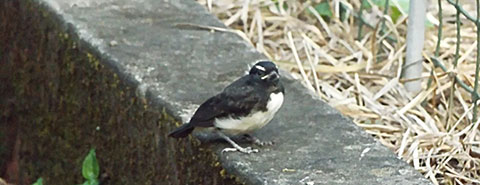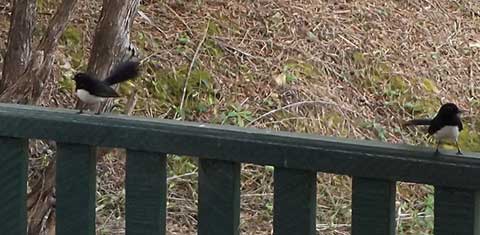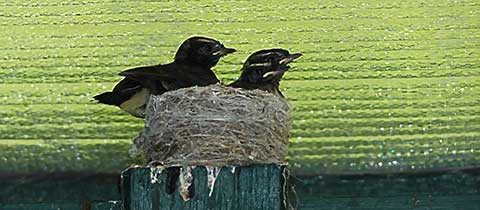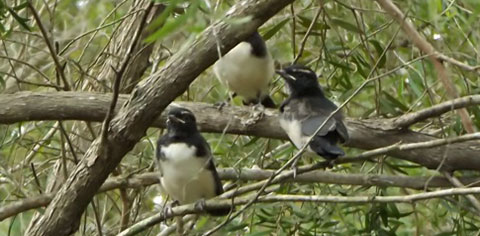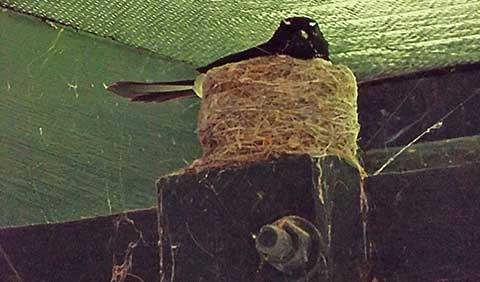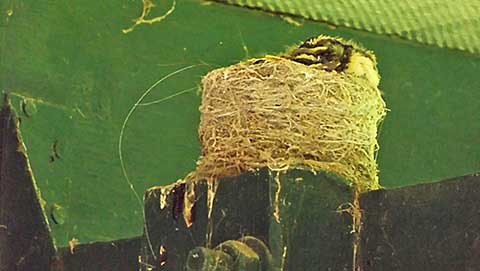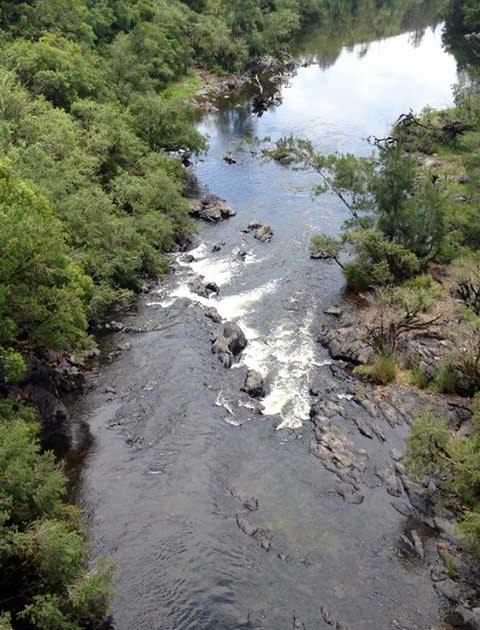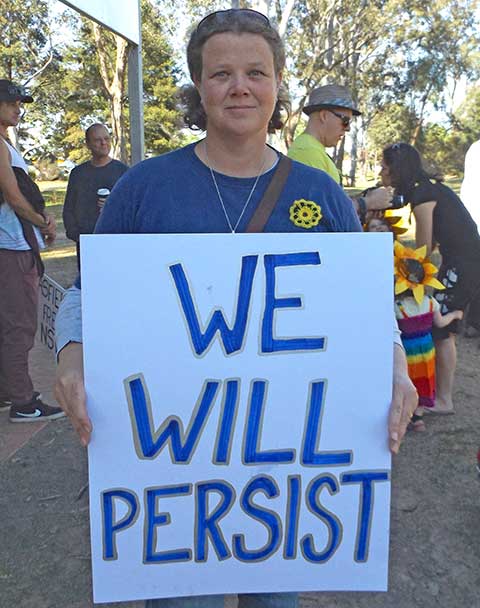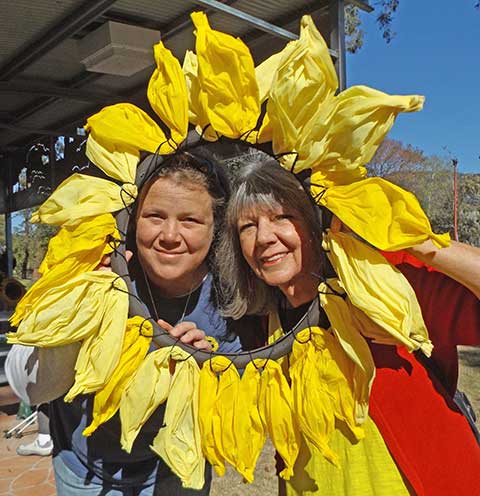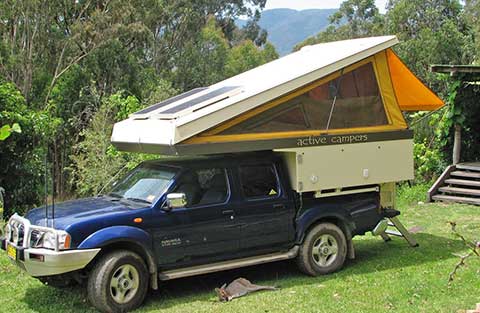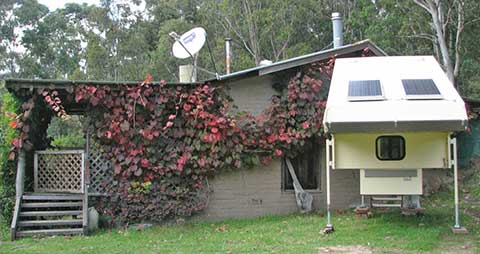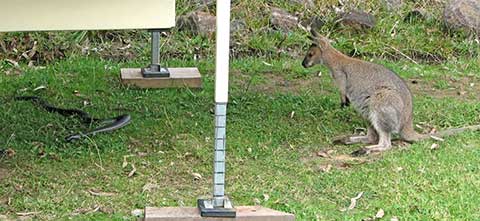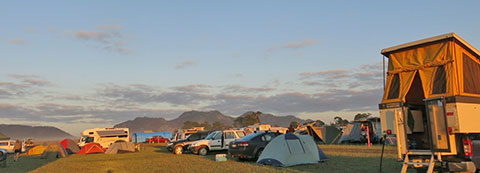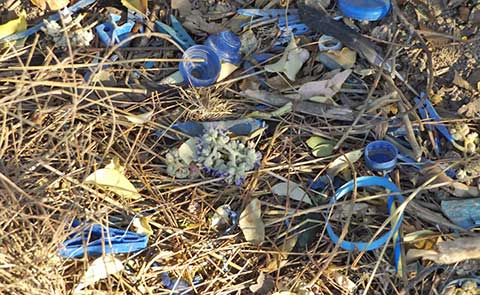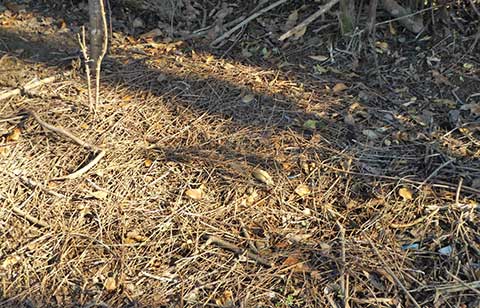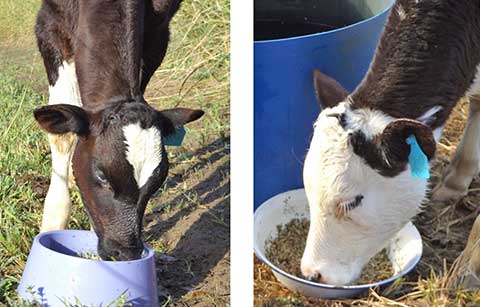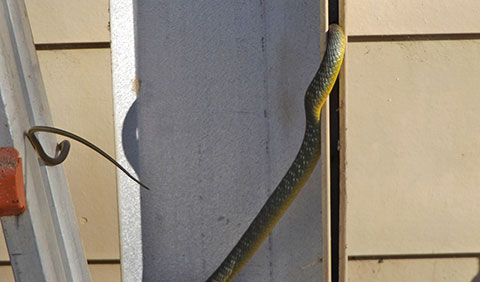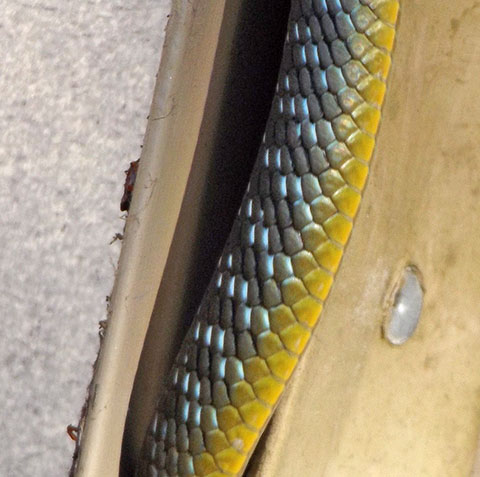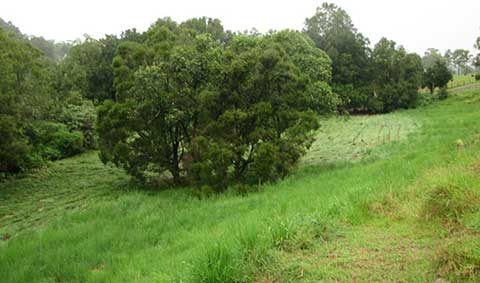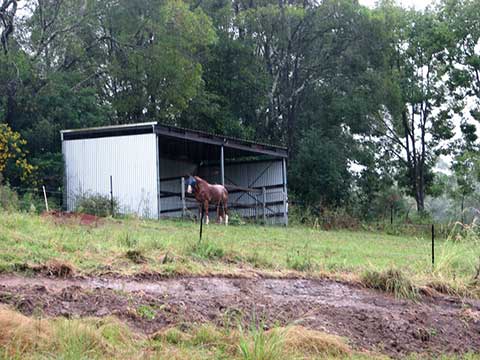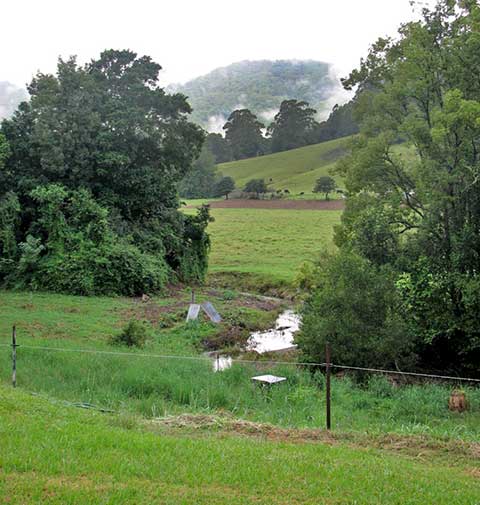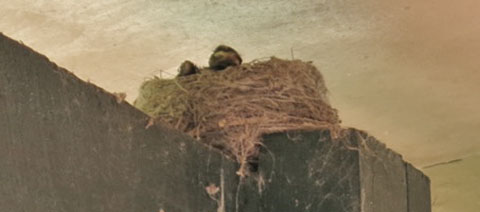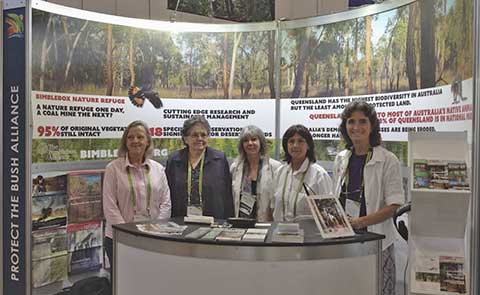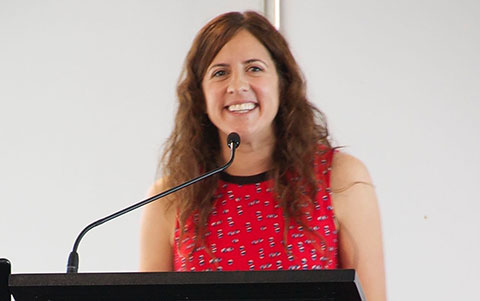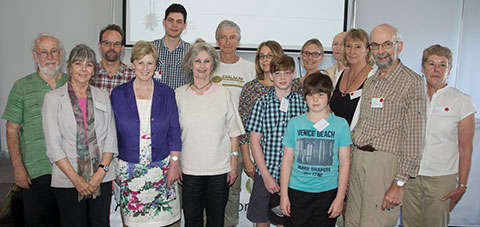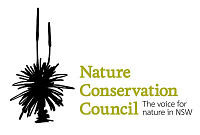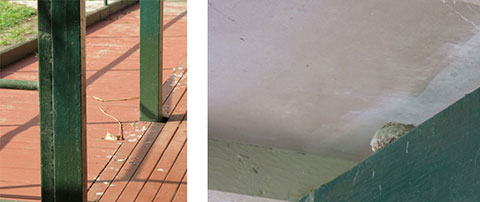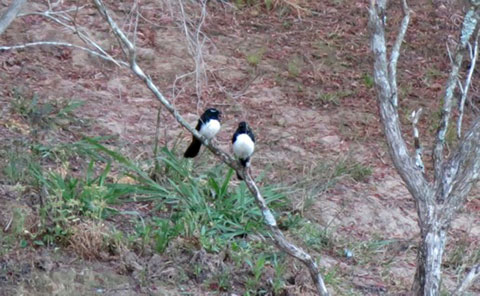Hadyn Wilson is a friend of mine from the Hunter Valley — south of the coal wasteland, but he’s deeply aware of it. He is also a fabulous painter, a deep thinker and a sincere environmentalist.
Recently I saw an exhibition of his work at the Frances Keevil Gallery in Double Bay, Sydney. Hadyn describes this exhibition, entitled ‘Incidental Landscapes’, as representing “a particular approach to ‘landscape’ which looks at the way this genre has changed and the cultural shifts that have occurred, particularly in relation to concepts of nature and land use within Australia.
“The paintings therefore sometimes borrow imagery from that tradition and comment playfully on the way these references have perhaps changed in their reception over a century or more and particularly in relation to environmental considerations today.”
The painting above is called ‘Hunter Valley Landscape’. At 200 x 150 cm, it’s a big work, but then this is a big topic.
Knowing how the once-rural landscape between Singleton and Muswellbrook has been drastically changed for the worse by runaway coal mining, I find this work tragically moving, because so true and yet also highly symbolic.
I reckon this painting ought to be owned and publicly and permanently exhibited by a Hunter regional gallery, like the Newcastle or the Muswellbrook galleries.
Perhaps the state authorities who have allowed this destruction should buy it as a token of their abject apologies to us and future generations – who may actually need farmland more than coal – for the harm they have done.
And not only in the Hunter. Look at what is being proposed on the Liverpool Plains.
Even if the mines don’t wreck the precious water sources, the coal and overburden dust will contaminate the crops nearby. Would our customers like their wheat leaded or unleaded?
There’s a great video of Hadyn on the exhibition’s website, a precursor for a film. (link)
I sometimes call myself a literary activist, modelling on the amazing Arundhati Roy. I write books to spread the word.
At Bimblebox Nature Refuge (link) they hold artists’ camps with participants from multiple disciplines, with ensuing illuminating exhibitions.
Here’s an extract from Hadyn’s essay on the role of artists in activism:
“Artists have throughout history stood with others against those who would destroy the natural and aesthetic realms to appease the gods of progress.”…
“At a time when this country is making decisions which will effect generations long after we have gone, what role can the artist play and how can that role effect any sort of broader cultural shift towards considering more seriously, our environment, our landscape and our future?.
“Charles Dickens, a man who lived through the industrial revolution and witnessed the excesses of that period, famously said “self preservation is the first law of Nature”. The measure of what we do next will be determined to a large extent by our ability to creatively respond to the incontestable reality that our environment, our landscape is what we are. If we look after that, then Dickens first law of nature will be taken care of.”
See more here.
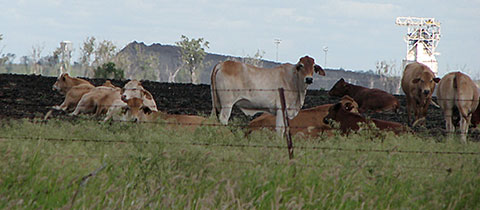
No painting, but tragic realism nevertheless. This my photo of cattle co-existing with coal, somewhere near Clermont in Queensland. Apart from the cattle grazing on coal-contaminated grass, look at the trees dying in the background. That’s from the longwall mine strip underneath.
Dead trees, poisoned grass — happy cows — and happy consumers?
